First look at the EMFIT QS
It’s the data geek’s dream device (pun intended, as you’ll see below) tracking recovery and sleep metrics. The EMFIT QS is a next generation device attempting to optimizing sports performance. While my long-term testing is a long way from conclusive, I have been pleasantly surprised with the initial results.
The EMFIT QS is a non-intrusive device that allows users to collect and analyze several trends in established markers of recovery such as heart rate variability (HRV). Briefly, HRV is the variation in time between heartbeats. Research indicates that lower HRV values are correlated with the central nervous system still in a state of recovery from a stress (i.e., exercise). HRV trends may neatly predict overtraining or lack of recovery, key markers for endurance athletes.
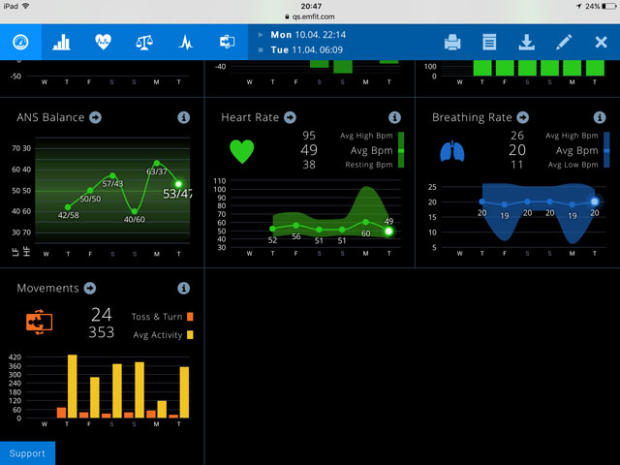
The EMFIT QS measures full night HRV, heart rate and breathing rate, movement during sleep, along with some derivative metrics such as phases of sleep, autonomic nervous system balance, sleep score, and HRV recovery. The EMFIT operating system lets users analyze the various metrics via their web interface in several data increments including: 7, 14, 30, 60, and 90 days, or custom ranges.
The feature that distinguishes the EMFIT QS from other devices measuring HRV or recovery metrics is that it obtains all this data unobtrusively, while sleeping. No more wearing a heart rate strap to bed.
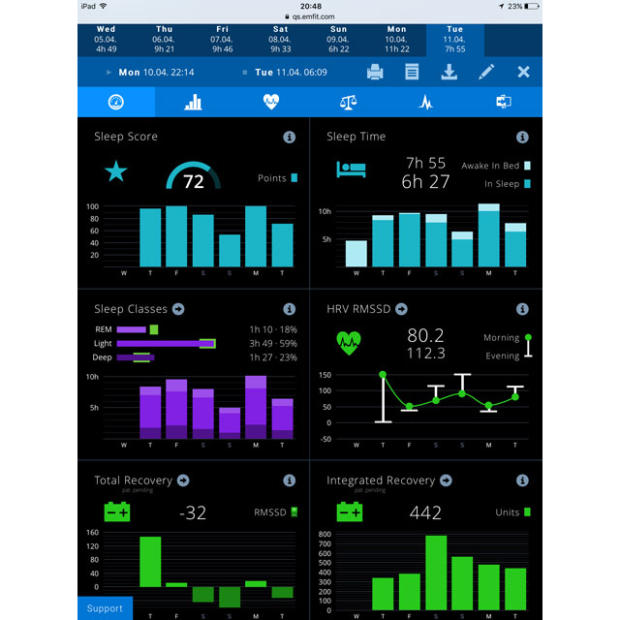
The EMFIT QS obtains the data using ballistocardiography via a hub and belt that is placed underneath the user’s side of the mattress, or mattress pad/protector, and then plugged into a power outlet. The device is then paired to the user’s wireless network via a unique device ID and it is ready allowing the hub to transmit data wirelessly to EMFIT servers. The set-up process took about 10 minutes, however if using WPS network, or 5Ghz WiFi, it might take longer. Once the hub is connected, there are indicator lights to show the system is active, and when it is in an operating mode.
Most recovery oriented devices on the market today require users to either put on a heart rate strap, or measure optically, upon awakening each morning, or require the wearing of a monitor throughout the day or night. Requiring a person to wear a device, or to take a measurement daily, often results in user non-compliance, or irregular testing, which can lead to faulty deductions when attempting to analyze data trends. This is a non-issue with the EMFIT QS.
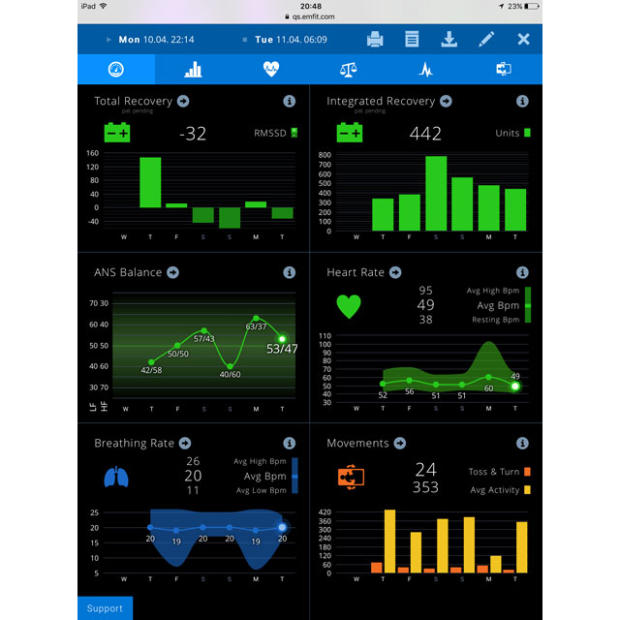
The associated web interface is simple to use and provides many options to analyze the various metrics but is not yet capable of exporting data to platforms such as Trainingpeaks or SportsTracks.
The EMFIT QS is available for $299.
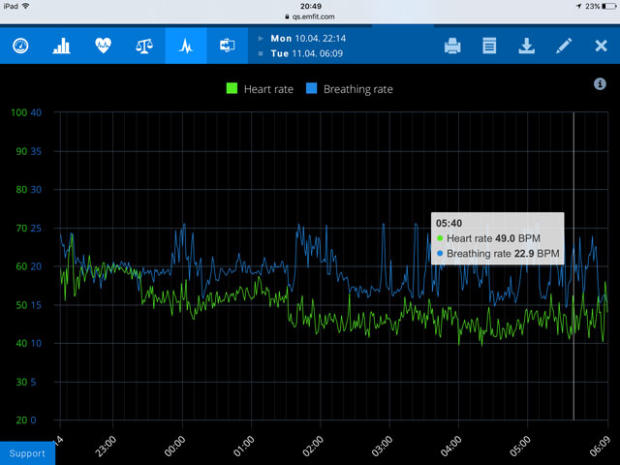
My plan is to produce a longer term review in the coming months, where I hope to compare this device to some of the lesser expensive means of measuring HRV, such as HRV4Training, and whether the data is reliable, consistent, and if the convenience of passive measurements makes it a worthy and helpful choice for measuring recovery metrics.


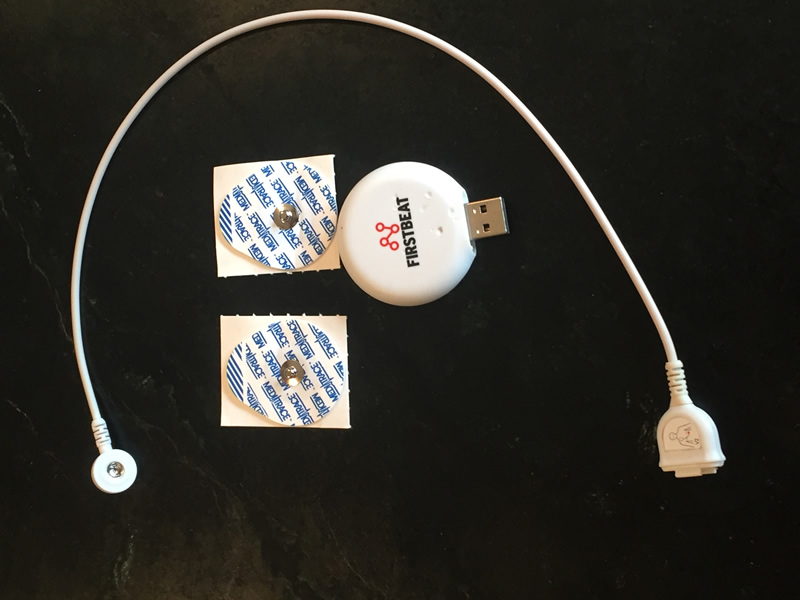
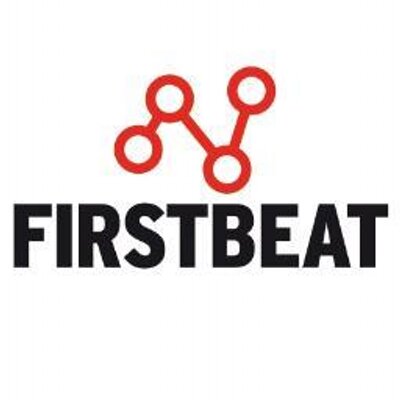

Start the discussion at slowtwitch.northend.network